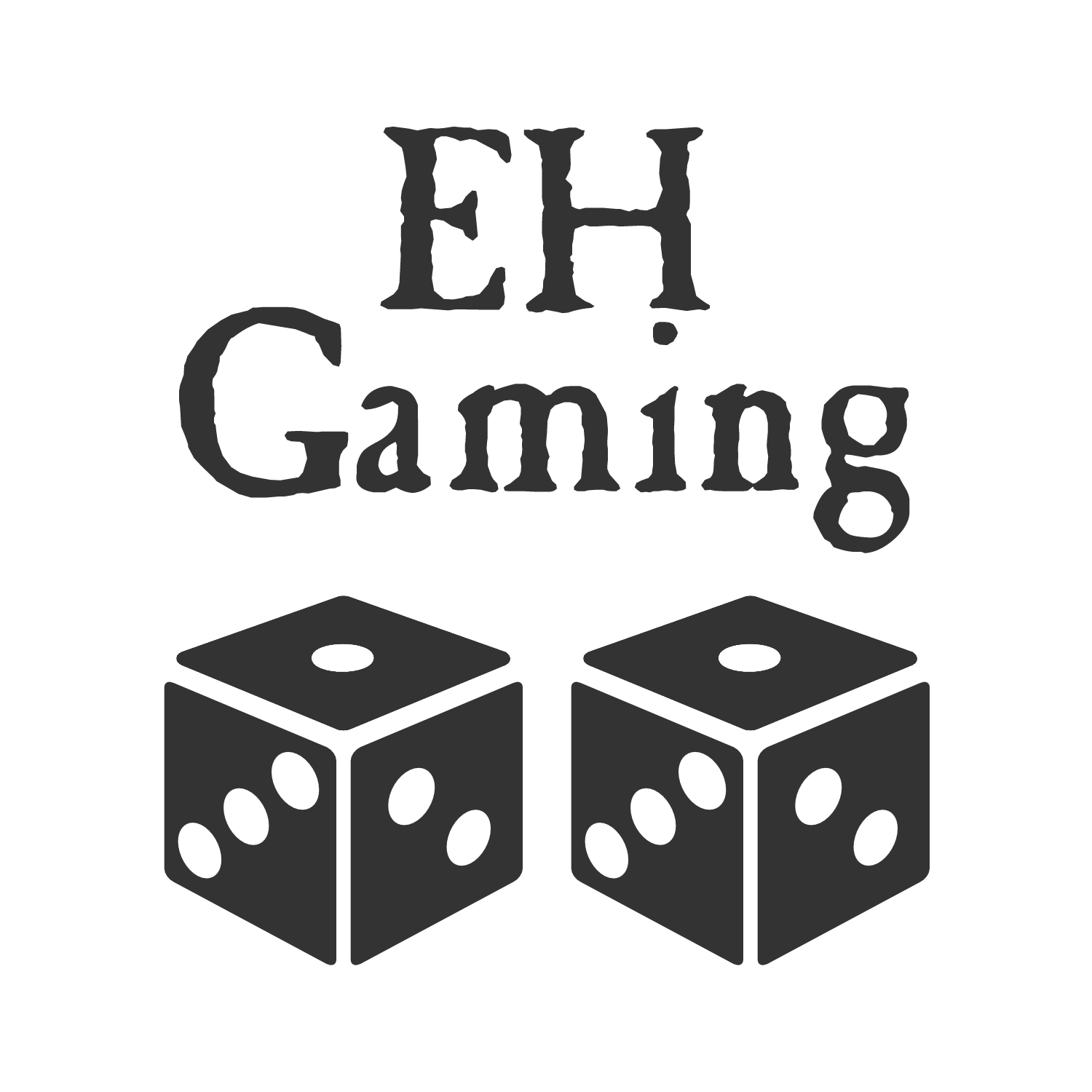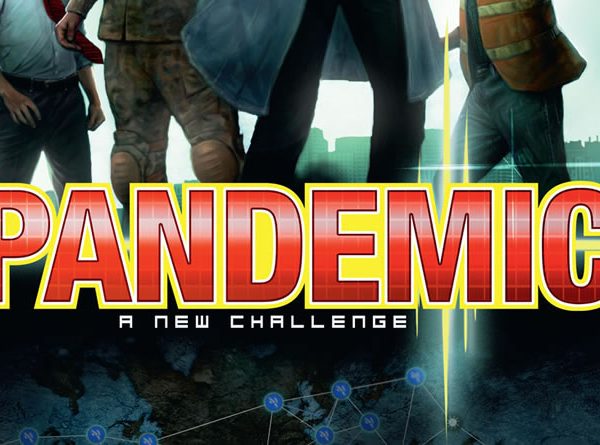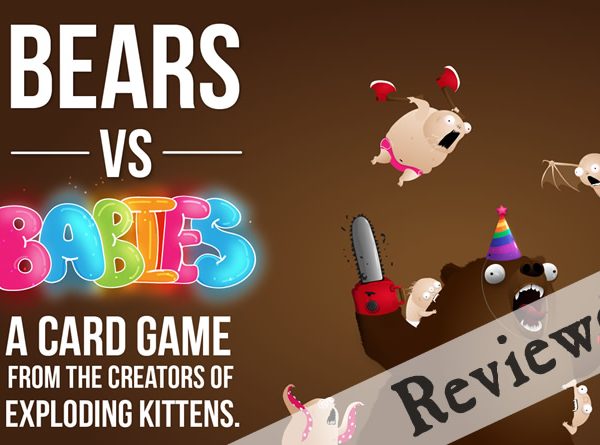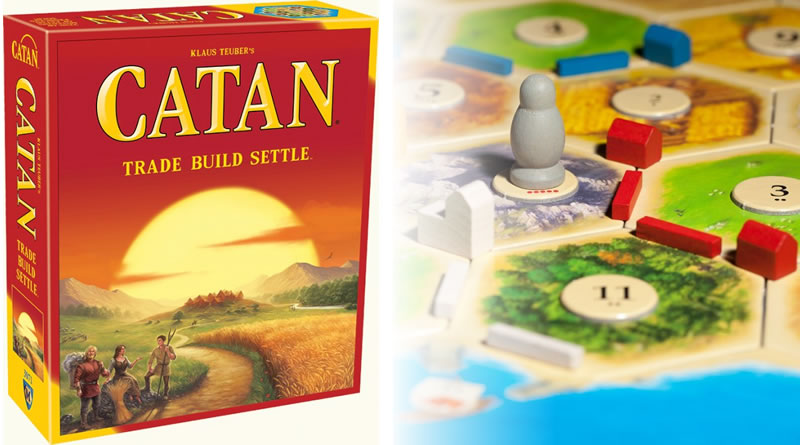Carcassonne began life waaaayyyy back in the 2,000th year of our lord, and centres around the medieval fortified town of the same name in southern France, which is famous for its city walls. A 2001 Spiel Des Jahres (Game of the Year) award winner, Carcassonne has gone from strength to strength since its launch and has sold well over 10 million copies since then. Yes…over 10 million copies! Those are sales figures that would drop it into any top 10 best selling chart of all time, if all the other games had been launched in the same year too. It’s up there with Monopoly, Risk and probably even Chess.
And it is up there for a reason, and the simple reason is that it is a damn fine game that is easily accessible to pretty much anyone and can be learned quickly. The other advantage is that it works really well as a 2-player game, which isn’t always the case. In the way that Catan and Ticket To Ride have helped to move people away from mass-produced games and into the world of more creative indie games, Carcassonne is recognised as being the first game to actually do that. To bridge the gap between mainstream and ‘cult’ and it continues to do so today and now enjoys mainstream distribution by being available to buy in stores such as WH Smith. This doesn’t make it a mainstream game though…it started life as a very creative and incredible game dreamt up by a German chap on holiday and it continues to be so today.
One quick point before we crack on…we are reviewing the 2015 version of Carcassonne which comes complete with a couple of small expansions included in the basic game, namely The River and The Abbot.

What’s in the box?
- 72 Land Tiles
- 40 Meeples (these are your playing pieces)
- 1 Scoreboard
- 1 Rule Book
- 12 River Tiles
- 5 Abbots
Basic Game Overview
The basis of the Carcassonne board game is to create a landscape of farms, roads, cities and cloisters by laying down the land tiles. Players place their Meeples to take the roles of knights, thieves, monks or farmers on these tiles in a bid to score the most points at the end of the game. There are no dice, no rulers or character cards, just some attractive square tiles, little wooden followers and a score board.
Carcassonne is a very simple game executed beautifully and although simple there is more than enough strategy involved to make it a fairly in-depth experience (without being too heavy).
Players take it in turns to pick a land tile from the deck and add it to the tiles already placed and then they can decide whether to try and lock in some points by placing a Meeple on a tile. Everything begins with the Starter Tile which is easily identified by having a different design on the back than all of the other ones. This is placed in the centre of your table and play begins with the first player drawing a new land tile and adding it to the starter tile. Tiles have to be placed in a meaningful manner, so roads either have to join up, fields expand or cities that don’t have walls all around them get bigger, and the options are obvious from the really lovely artwork on the cards.
When opportunity arises a player can place a Meeple on a tile to take ownership of that part of the landscape. For example, a Meeple can be placed in a city that is still being built and that takes the role of a Knight that is defending the city until the walls are finished. When the city is complete the player can have the Meeple back and they score points for ‘owning’ the city. Meeples can be placed on a road to act as a Thief and earn points when the road is complete. They can also be placed as Monks on a Cloister, or Farmers on fields (which have to lie down for some reason?).
Points are tracked throughout the game where possible by adding them to the score board but one of the fun aspects of the game is that you can rarely work out who has actually won until the game is completely finished as there will always be extra points to calculate at the end.
The game ends when all of the land tiles have been placed on the table. That is pretty much all there is to it, and the simplicity of it is one of the most compelling aspects.
What’s it like to play?
It is one of the most enjoyable ways to spend a half hour or forty minutes of board gaming time. It is competitive, but in a friendly way. Everyone is constantly spoiling everyone else’s plans and strategies as the game unfolds but it is happening so much that no-one takes it personally. Everyone’s game plan gets torn up almost every turn but you adapt and keep smiling. Everyone is working together to build the landscape, but playing for themselves to amass points.
It’s debatable whether anyone actually starts a game of Carcassonne with a strategy. No two games are every the same due to the random nature of the tiles. Remember, the game kicks off with one small square tile in the middle of the table. No-one knows what the second, third, fourth or more tiles are going to be, and no-one knows what they will be able to do on their next turn. Every turn is a twist of fate. You can only really react with this game. As a player you might prefer to go with long term point investments that may or may not pay off. Placing a farmer or a monk is risky but can give you a good chunk of points if it pays off. If that is your type of game play then you have to grab the opportunity as soon as you turn over the tile that enables it as it might not come around again…and then the tiles might get laid by everyone else in a way that makes you realise you will never get that Meeple back and it will never score the points you hoped for. Again, no-one will be doing this to attack you, it’s just how the game goes and players can only lay tiles in certain ways.
In a way, the landscape is always running and the players are trying to keep up with it and all they have is a bunch of tactical opportunities every turn that they hope will look like a strategy or a game plan when it is ultimately over. I haven’t met anyone who ‘always’ wins Carcassonne. Some people win more often than not, but once you have played it a few times you are likely to be ‘as good’ as someone who has played it a hundred times.
And that is another reason why I LOVE this game. Anyone can play anyone, and anyone can win. It is a game of conversation; a genuine social experience and the time speeds by while you play.
If Carcassonne is a genuinely new experience for you then this is the point where I urge you to watch one of my favourite board game reviews of all time as hopefully this will tip you over the edge and you will have made it your mission to own it or play it before the next few days are done…so over to ‘Shut Up & Sit Down’:
Who would like it?
This is easy…ANYONE will like Carcassonne. The box suggests that it is suitable from the age of seven years old upwards and this is about right. I have played it with kids that age right though to adults in their seventies. I have played it with people who haven’t played a board game for over thirty years and I have played it with people who play them every week. I have played with friends who have played Carcassonne hundreds of times and those who were brand new to it. I haven’t found anyone that didn’t instantly enjoy it and no-one has ever refused a second, third or more game.
Summary
This game has become popular and sold millions of units since being launched in 2000 because it is one of the best board games ever made. I avoided it for a couple of years because I was bored of how many people were raving about it. All I ended up doing was wasting two years where I could have played more games of Carcassonne. I did the same with Breaking Bad on TV and that show and Carcassonne are forever intertwined in my mind as a reminder that sometimes lots of people rave about something because it is genuinely incredible and needs to be experienced*.
Our Verdict

11 out of 12…(with a +1 modifier)…this is a perfect game!
Designer: Klaus-Jurgen Wrede
Publisher: Z-Man Game
No. of Players: 2 – 5
Recommended Age: 7+
Time To Play: About 40 minutes
RRP: £32.99



